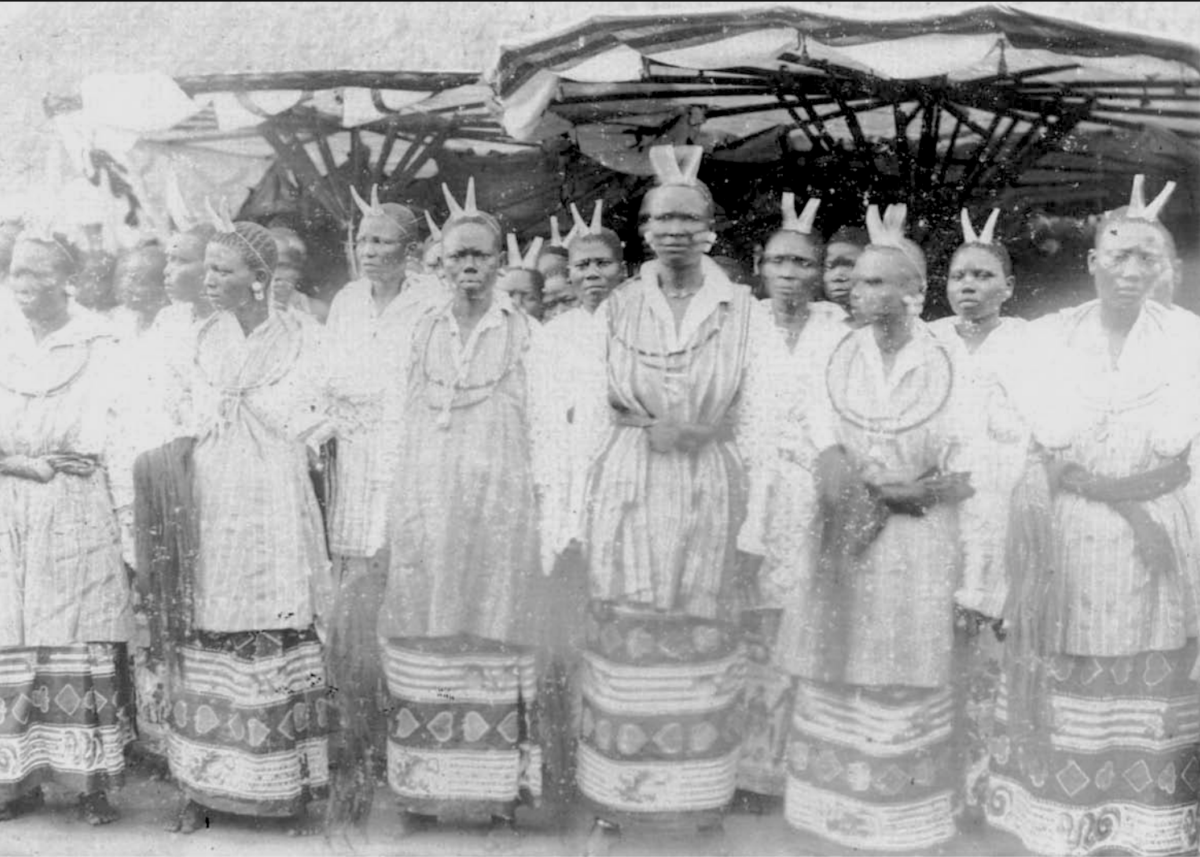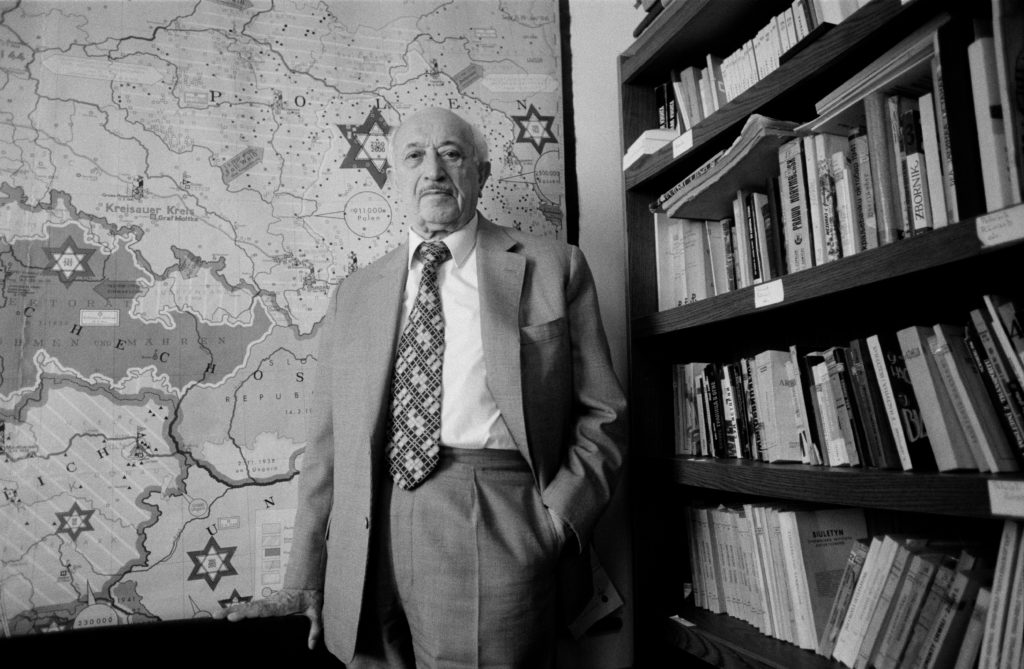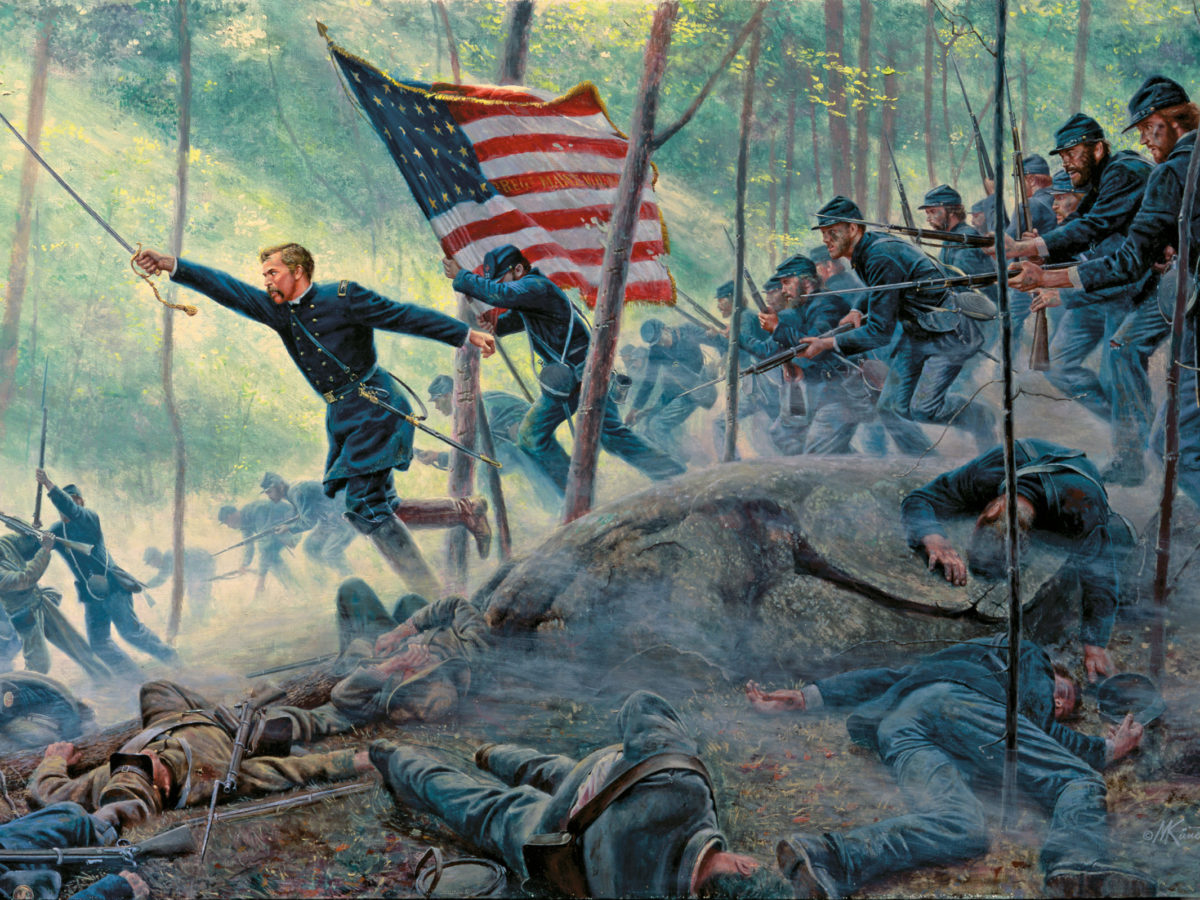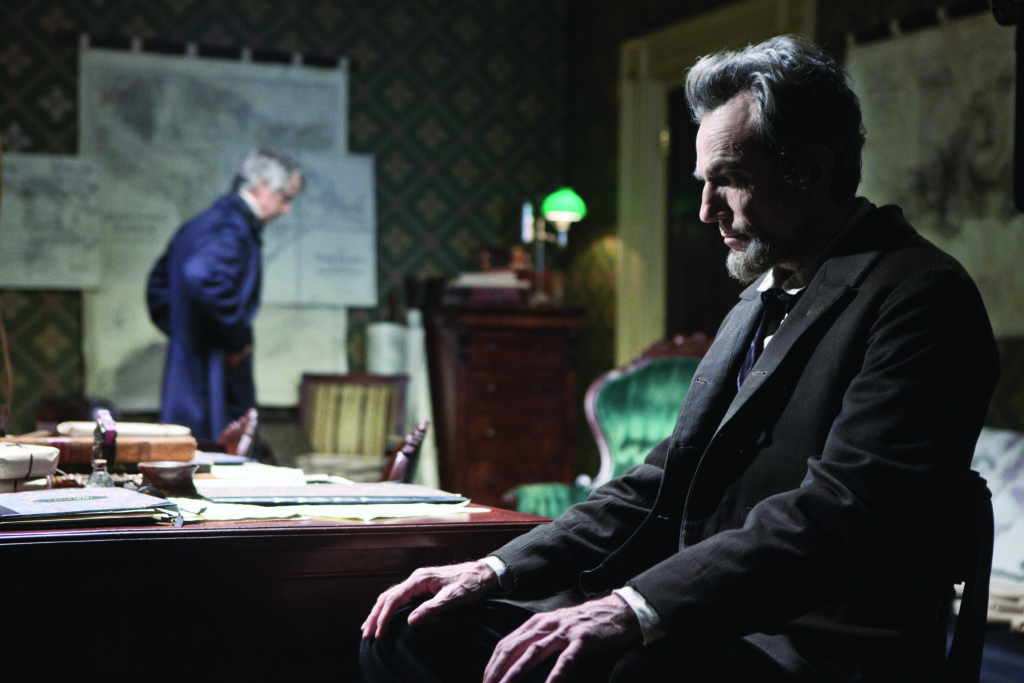Quick question: What are the two most populous continents on Earth?
The first answer’s easy: Asia, with over 4.7 billion people. But the second? It’s Africa, with over 1.4 billion people. Indeed, the Cradle of Humankind may have more people than Europe and North America combined.
But, for the most part, Americans simply don’t know much about it. As Chris Rock joked, “The only thing I know about Africa is that it’s far, far away.”
“The Woman King” may help to change that. Having recently opened at No. 1 at the box office and racked up critical acclaim (95% approval on Rotten Tomatoes), it’s also now beginning to draw backlash, as online critics argue it ignores harsh truths about the figures who inspired it.
This is a look at the genuine history, as well as why “The Woman King” is important, even if its accuracy is imperfect.
GET HISTORY’S GREATEST TALES—RIGHT IN YOUR INBOX
Subscribe to our HistoryNet Now! newsletter for the best of the past, delivered every Monday and Thursday.
The History of Dahomey’s Actual ‘Amazons’
Benin is on the west coast of Africa, bordered by Togo, Burkina Fasa, Niger and Nigeria. A portion of it used to be the Kingdom of Dahomey. Dahomey existed for roughly 300 years, from around 1620 to 1894. After the Second Franco-Dahomean War, it was brought under the control of France. Full independence was finally achieved again in 1960.
What’s always interested people most about Dahomey are the Agojie. These warriors were essential to the golden age of Dahomey and helped it dominate its neighbors. The warriors even drew the notice of the Europeans.
This could be seen as surprising. After all, Dahomey was hardly a massive empire. (At its peak, it only consisted of a portion of Benin; Benin in its entirety fails to crack the top 100 nations in land area.) And the force itself was relatively small, consisting of 6,000 members at its peak.
More on History vs. hollywood
So why the attention?
For one, the Agojie were undeniably intimidating: attacking at night, taking as trophies the heads of enemies who refused to submit.
For another, they displayed true fight-to-the-death courage. During the Second Franco-Dahomean War, reportedly 434 of them went into a battle. Just 17 survived.
Most importantly, they were women. Which is why the Europeans dubbed them “Amazons.”
Our knowledge of the Agojie is, at best, incomplete. The first mention of them is from 1729. It appears a driving force behind their evolution into elite warriors was a Dahomey’s ruler desire to have as large of a military as possible: Women may have made up 40% of the Dahomey army under King Ghezo.
Speaking of Ghezo, this is one of the two main areas of dispute about the film.
Who Was Real in ‘the Woman King’?
The characters of “The Woman King” are largely invented, most notably Viola Davis’s character, the general named Nanisca. Generally speaking, these are names associated with the Agojie, but we know little enough about them that they are essentially the script’s invention.
“The biggest eye-opener was how much misinformation there is about these women and this culture given that so much of their history was written from the colonizer’s point of view,” director Gina Prince-Bythewood said. “So it was really about separating the texts that were from that point of view, which were so disparaging and disrespectful, from the truth.”
Meaning that even when there is information, it could be so distorted as to be useless.
King Ghezo, played by John Boyega, is an exception. He did indeed exist, ruling from 1818 to 1859. “The Woman King” starts near the beginning of his reign, in 1823.
Of course, characters are regularly invented for historical films, whether by combining multiple actual people into a single, highly distorted figure or just creating someone new altogether. This does not even begin to address the implications of eliminating key historical figures from a film, usually based on the assumption that some people need to be lost if you’re going to have anything approaching a coherent plot or a reasonable run time.
The second controversy, however, is far bigger and more complicated.
Does ‘The Woman King’ Gloss Over Slavery?
The Kingdom of Dahomey played a role in the slave trade, selling Africans into slavery. The film acknowledges this, such as in a scene when Nanisca suggests that King Ghezo should abandon slavery and focus on producing and trading palm oil. And King Ghezo eventually did end Dahomey’s role in the slave trade. However, this did not occur until 1852, decades after the period in which the film takes place.
Online critics assert that “The Woman King” is intended as a tale of empowerment while downplaying or distorting or even flat-out denying the role of the kingdom in slavery. (Hence the #BoycottWomanKing hashtag.)
Others reject this view, believing the film does properly address Dahomey’s role in the slave trade.
The makers of “The Woman King” have pointedly avoided presenting the film as pure history, acknowledging that commercial considerations played a role in shaping it. (And, for that matter, enabling it to get filmed and widely distributed at all.)
“Most of the story is fictionalized. It has to be,” Davis told Variety,
Which is unsurprising. For there have long been hit movies that are “historical” but hardly accurate.
Does Hollywood Have an ahistorical Bias?
Hollywood and historical accuracy traditionally don’t mix. Take 1915’s “The Birth of a Nation.” A huge commercial success, it’s credited both with being a major step forward for filmmaking technique and a propaganda boon for the Ku Klux Klan. As “The Birth of a Nation: How a Legendary Filmmaker and a Crusading Editor Reignited America’s Civil War” author Dick Lehr noted, it is a film based on the belief that “former slaves were some kind of lower form of life.”
Most “historical” films are neither so openly racist nor so wildly inaccurate. But there has been a consistent pattern: Major historical films invariably focus on white men. Indeed, even when the films were intended to offer insights into other groups, they invariably focus on white men, not to mention are directed and written by white men. (See, for instance, 1990’s “Dances with Wolves” or 2003’s “Last Samurai.”)
This isn’t to suggest these films are without value. Bu, according to their detractors, they limit the historical perspectives that reach mass audiences. This could have major implications on how we view history.
Here’s a small example. Today, Gen. George S. Patton is an almost mythic figure. This is thanks in large part to George C. Scott’s swaggering, Oscar-winning performance in 1970’s “Patton.” Other military icons, such as Gen. John “Black Jack” Pershing, are arguably equally charismatic and more historically important than Patton. After all, Pershing’s leadership played a crucial role in winning World War I, after which Pershing became the first person to achieve the rank of General of the Armies and reorganized the Army. In his retirement, he amused himself by winning a Pulitzer Prize.
But no there’s no hit Pershing film, so he’s far less remembered in the 21st century.
Movies matter. Which is why something crucial happened in 2018.
Wakanda Opens the Doors Wide
In hindsight, “Black Panther” looks like a certain blockbuster. It was not only based on a Marvel property but was made by a director who’d already had a hit with “Creed.”
But it was still a movie with a Black director, with an overwhelmingly Black cast, set in Africa. It even included an army of warrior women clearly modeled on the Agojie. If “Black Panther” had earned $13 million instead of $1.3 billion, we wouldn’t be talking about the “The Woman King” film now.
With the success of “The Woman King” and the doubtless bonanza of “Wakanda Forever” later this year, it should be easier — if still not easy — to get movies made about Africa, including its history. Indeed, the impact of this popularity may be visible in Africa itself: This August, Benin unveiled a nearly 100-foot tall statute of Agojie leader Queen Hangbe. Some of these future films may even do a deep examination of the slave trade.
Because ideally, movies interest us in a topic and make us want to dig deeper … and producers, TV studios and publishers accommodate us by making varied new works on the topic available.
Or as “The Woman King” producer (and Davis’s husband) Julius Tennon mused,“The history is massive and there are truths on that that are there. If people want to learn more, they can investigate more.”
historynet magazines
Our 9 best-selling history titles feature in-depth storytelling and iconic imagery to engage and inform on the people, the wars, and the events that shaped America and the world.









